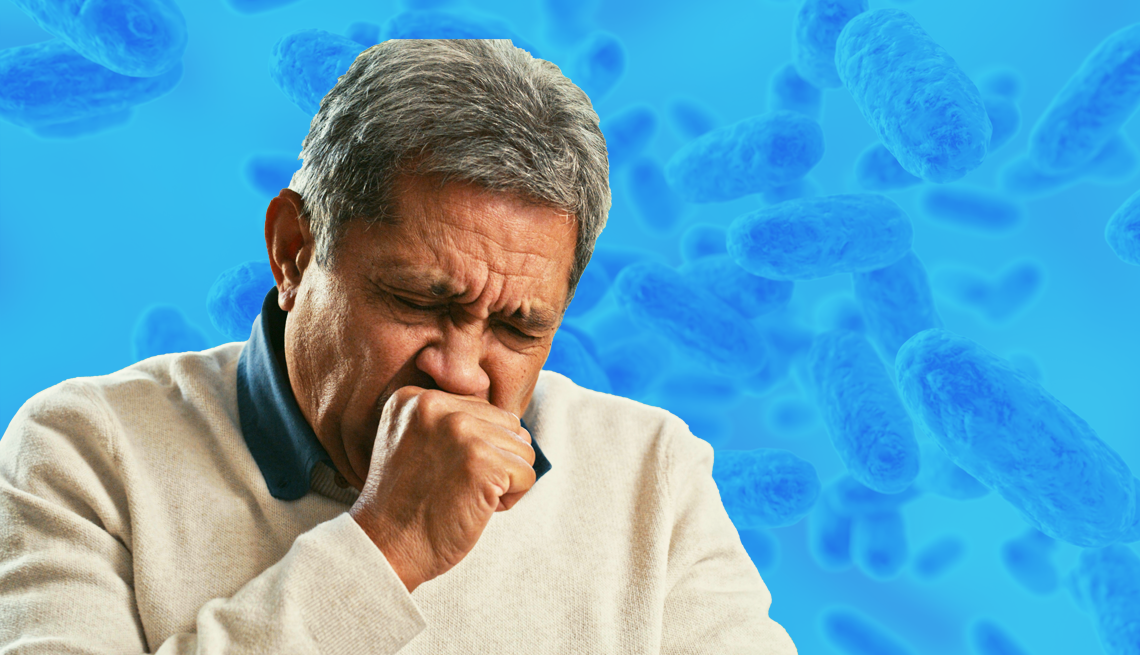AARP Hearing Center


When it comes to respiratory illnesses, COVID-19, flu and RSV often demand the spotlight. However, a lesser known condition is catching the attention of health authorities and prompting reminders about the importance of prevention and vigilance.
Roughly five times as many cases of pertussis, more commonly called whooping cough, have been reported this year compared with last. From January to mid-September, the U.S. logged 14,569 cases of whooping cough, according to preliminary data from the Centers for Disease Control and Prevention (CDC). In 2023, there were 3,475 cases by Sept. 14. Robert H. Hopkins Jr., medical director of the National Foundation for Infectious Diseases, suspects a combination of factors behind the swell in cases — “what I might call a perfect storm of a vaccine preventable disease resurgence,” he says.
Routine vaccinations among children have declined since the start of the COVID-19 pandemic, which could explain an increase in infections. (There’s a pertussis vaccine recommended in early childhood and a booster given at various stages of life.)
“We’ve seen the reemergence of diseases that we shouldn’t be seeing with the safe and effective vaccines we have to protect our population,” Hopkins says.
Post-pandemic social patterns may also be at play, says Graham Snyder, medical director of infection prevention and hospital epidemiology at UPMC and an associate professor at the University of Pittsburgh School of Medicine. “Maybe we’re catching up on social activities, maybe we’re more likely to travel than we were pre-pandemic because we had a couple of years where we were missing those activities,” he says.
Regardless of the reason, experts say older adults should remain alert. Although it’s often thought of as an illness that affects babies, whooping cough can be dangerous in adults as well. “[It’s] one that I think is under-recognized and underappreciated as a cause for problems in our adult population in particular,” Hopkins says.
Here’s what you need to know.
































































More From AARP
5 Medications That Can Cause Lung Issues
Common treatments may trigger coughing or breathing problemsWhy You Should Get the Pneumococcal Vaccine
It’s recommended for older adults. Have you had one yet?
Try These Tips for Living a Healthier Life
Small changes can add up to big mental and physical results
Recommended for You